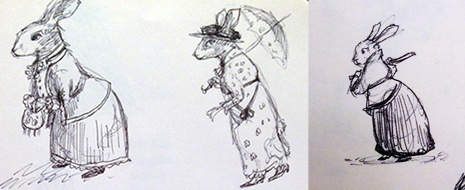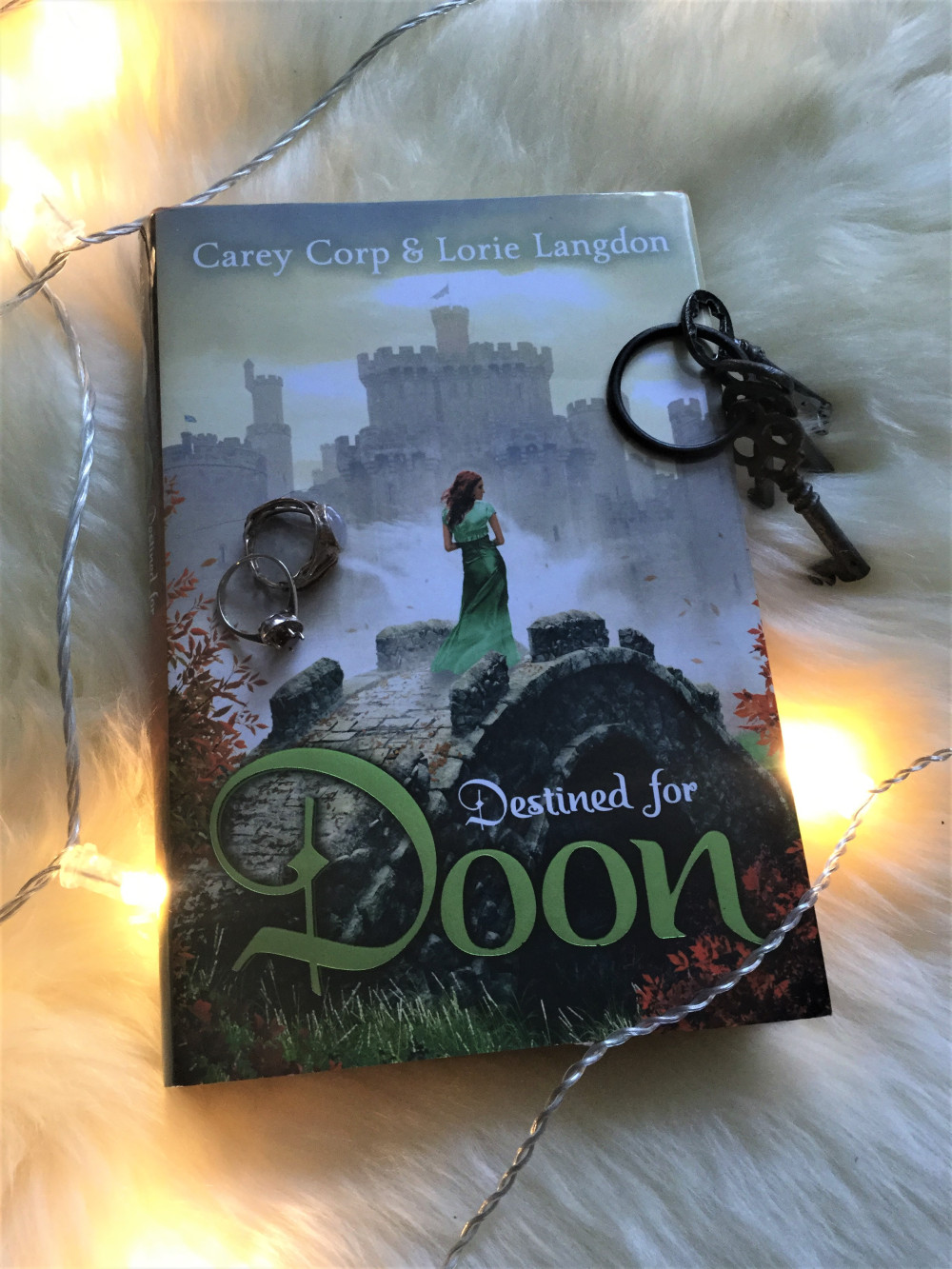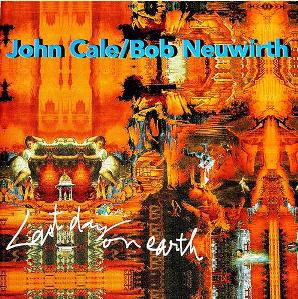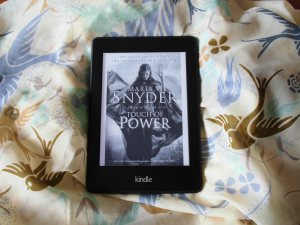
This is the second process post for my illustrations for Kij Johnson’s The River Bank (from Small Beer Press). The previous post was on my first response.
The next stage of the illustration process was to work out the style I wanted to use, and the character design.
I’ve always adored E. H. Shepard’s illustrations for The Wind in the Willows. Many many other great artists (Shepard was the fourth, and Arthur Rackham followed him) have illustrated Kenneth Grahame, but for me, Shepard most perfectly captured the gravitas and pomp, the comfort and homeliness of Grahame’s little folk.

E. H. Shepard (you might also know his art from such books as Winnie-the-Pooh)
If I were to illustrate The Wind in the Willows I would, I suppose, have to take an entirely individual approach. But because this was a sequel, I wanted to do what Kij Johnson achieved (with such apparent ease and vivacity) in doing with the text. She honoured Grahame while being herself in the telling. In the same way, I didn’t want to try to be Shepard, but I wanted to pay respects to him.
So I began by studying Shepard’s illustrations – his lines and shapes – until I began to feel that I could in some small way see through them to the living characters he was imagining.

As well as the ‘master studies’ above, I began looking at other approaches to drawing the characters, and also at reference of real animals (if I were to design characters from scratch I would start there).

Then I began to work out the new characters, in keeping with the old. Rabbits are underrepresented in The Wind in the Willows, so I went further afield – that’s a mislabeled study of a Tenniel White Rabbit at top right, below.
Fortunately, Mole did wear a dress at one point in The Wind in the Willows, so I could start there for Beryl, and begin to work out the rough proportions of both Beryl and Rabbit at the same time as working out some era-appropriate clothes for them.

And also the sorts of movements that they would need to make in those clothes. Beryl lost her cardigan and lace collar (above, lower right) and got something soberer and more sensible.

Rabbit went in the other direction.

Having sounded out the characters, I then made a quick reference sketch of varying heights. This is not a particularly easy job. The original characters are wonderfully fluid, able to fit into holes in river banks and drive motorcars with equal ease. 
It amuses me how the various illustrations and adaptations treat this. I decided to keep close to Shepard and go for an implied but unacknowledged variability. If J. M. Barrie’s fairies were only big enough to hold one emotion at a time, I think Kenneth Grahame’s folk adapt, from moment to moment, as necessary to contain all the adventures of life on the river bank.
SaveSave
Share this:- More





